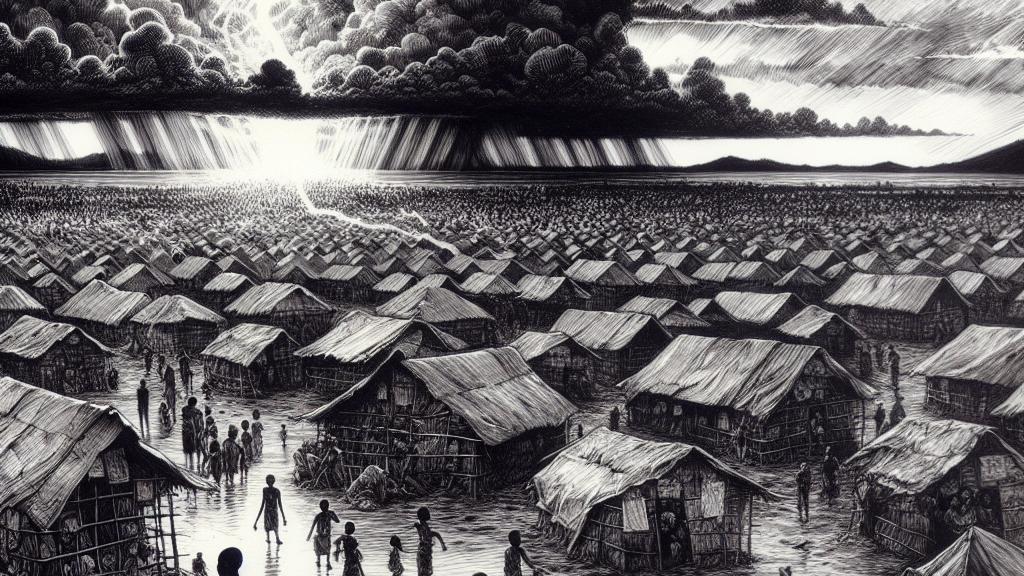Tragic Lightning Strike Claims Lives at Refugee Camp in Uganda
Overview
- A tragic lightning strike at the Palabek Refugee Camp led to the deaths of 14 children.
- Victims were attending a church service when the storm suddenly hit.
- Palabek, home to over 80,000 refugees, reflects ongoing struggles faced by those fleeing South Sudan.

A Heartbreaking Incident
On a seemingly ordinary Saturday evening, thunder echoed across the skies of Palabek Refugee Settlement in Uganda, transforming what should have been a peaceful gathering into a scene of unimaginable sorrow. A sudden lightning strike tragically claimed the lives of 14 children, all of whom were attending a church service. This camp, situated in north-western Uganda, provides refuge for over 80,000 individuals who have fled the relentless violence of South Sudan. It's hauntingly familiar; just four years prior, another lightning strike in Arua took the lives of 10 children during a simple game of football. Such incidents not only highlight the dangers surrounding these communities but also provoke important questions about their safety during severe weather.
Resilience Amidst the Challenges
Despite the challenges they face, the inhabitants of Palabek exhibit incredible resilience and a sense of unity. Families gather, sharing both joys and sorrows as they cope with the loss of their homes and their loved ones. Community events like church services offer much-needed emotional support, but they also become sites of vulnerability during storms. The tragic incident not only underscores the impact of nature's unpredictability but also emphasizes the urgency for proactive safety measures. It is crucial to recognize that, while the community's spirit is strong, the need for protective strategies during extreme weather events is paramount. After all, these people have already endured so much upheaval, and they deserve safer spaces to gather and heal.
Taking Steps Towards Safety
In light of this tragedy, it is essential for humanitarian organizations and local authorities to devise and implement robust safety strategies. Education programs should be established to inform refugees about the dangers of lightning and how to seek shelter effectively during storms. Furthermore, creating designated safe zones within camps can provide immediate protection during such weather events. Moreover, enhancing the infrastructure, such as installing lightning rods and warning sirens, could significantly mitigate risks. We must remember that preventing tragedies like this is not just an option; it is an obligation to protect those who have already faced unimaginable hardships. Safeguarding these communities today will help cultivate hope for a brighter, more secure future.

Loading...